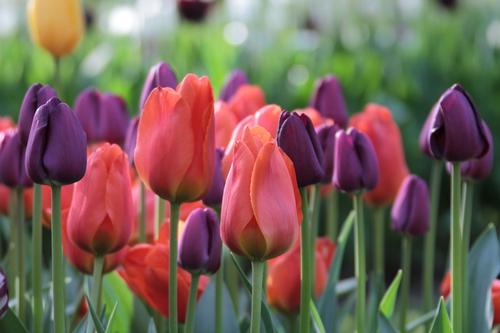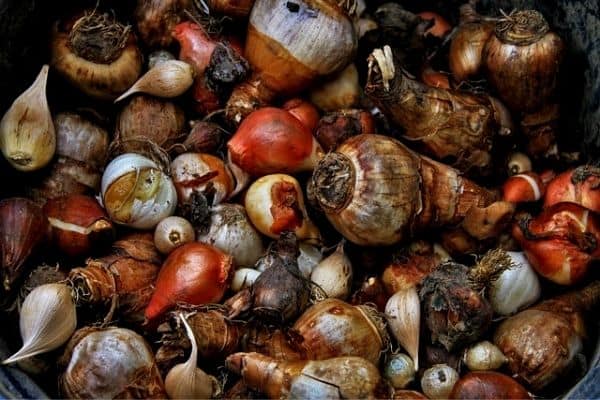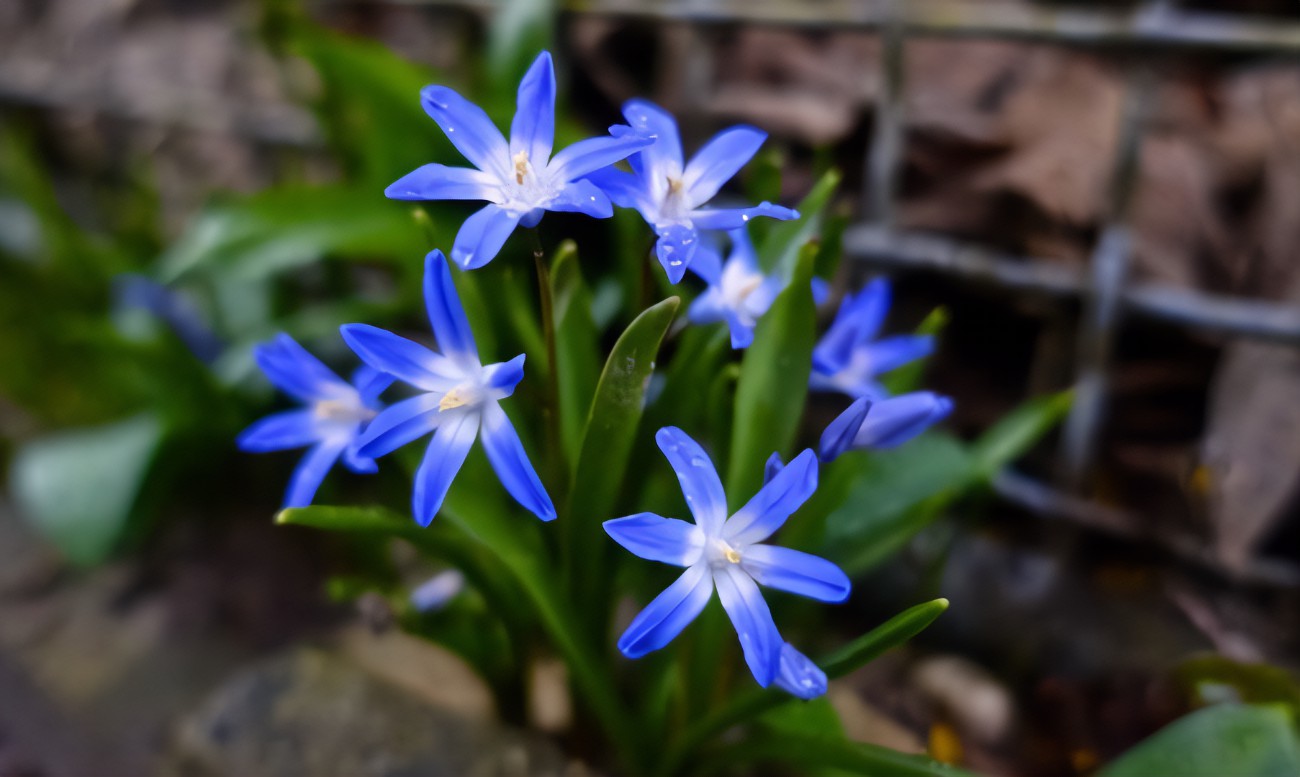
Planting In The Ground
- Once the plant has stopped blooming, discontinue watering and allow the foliage to die back.
- Once the foliage is dried and brown, remove it from the pot by gently tugging on the leaves until they break from the bulb and come out of the ground. (If the leaves do not pull away from the bulbs easily you haven’t waited quite long enough for the foliage to die. It is very important to not remove the foliage prematurely as it helps to put energy back in the bulbs for the next year’s blooms.)
- Remove the bulbs from the dirt and dust them off. Check for any rotten or soft spots on bulbs. If these spots are visible on any bulbs, discard them. Allow them to dry out on a piece of paper in a cool, dry, and dark place (such as a cellar or basement), or plant them directly in the ground if the weather is suitable for planting.





